We all know that lavender is a beautiful plant and that it has a pleasant scent, however there is far more to discover about it. This comprehensive guide, along with these tips for planting lavender, will teach you all you need to know about growing this fragrant and diverse plant.
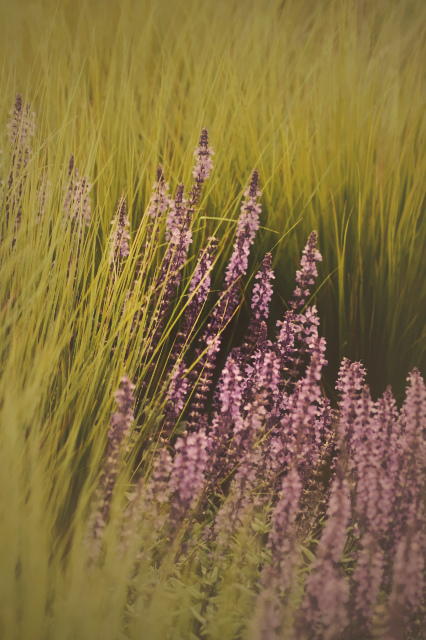 Lavender – Lavanda Ph. monia houdart on flickr (flic.kr/p/8pUSJK)
Lavender – Lavanda Ph. monia houdart on flickr (flic.kr/p/8pUSJK)Lavandula is a genus of flowering plants of around 25 species, which curiously come from the mint family (Lamiaceae), the most widely used are the angustifolia and intermedia species. They can be found throughout the Mediterranean region, where they are native, down into Africa and even into southern reaches of India. Thriving in hot climates and dry, well-drained soils, lavender has come to symbolize the Mediterranean for many people.
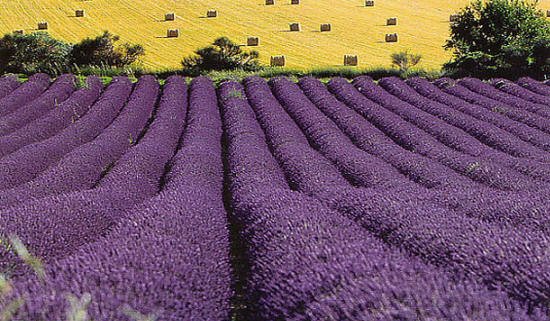 Lavender field
Lavender field
In fact, from a garden design perspective, it is a superb plant for Mediterranean gardens given its ability to withstand extremely dry conditions. Its beautiful metallic silver foliage and the way its purple flowers attract and display every butterfly in the neighborhood also render it a visually breathtaking addition to any garden.
On warm summer evenings the resinous foliage can emanate its heady scent for many meters and moths such as the hummingbird moth will appear, as if by magic, to feast on the rich nectar in the lavender flowers.
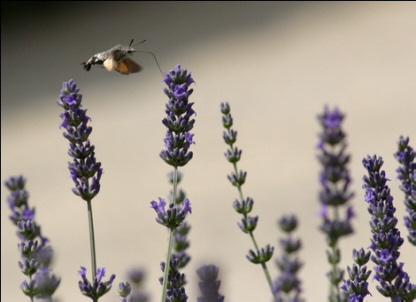 Hummingbird moth on lavender flowers
Hummingbird moth on lavender flowers
Where to find lavender fields in Italy
Lavender (lavanda in Italian) can not be found only in Provence. In Italy there are various places where you can enjoy these beautiful violet flowers.
In Piedmont, in Demont, lavender fields were much larger until the beginning of the 20th Century. Here you can still find a factory that distilled the essence. In Andonno, in Piedmont again, there’s a festival dedicated to the lavender at the beginning of August.
In Liguria you can find many lavender fields in the “Alpi Mistiche”; lavender festivals are held in July in Colle di Nava and Taggia, in August in Pietrabruna and Airole. In Carpasio there’s an interesting Lavender museum.
In Romagna, in Casola Valsenio, there’s a farm where they produce 20 different species of lavender. The “Giardino delle Erbe” is surely worth a visit.
Medicinal Properties of Lavender
The name Lavender was derived from the Italian word lavarsi, meaning simply to wash oneself, as the plant was crushed, added to olive oil and then used as a primitive soap in Roman times to improve its suppleness. The plants strong scented resin has strong antibiotic properties and was even used to disinfect hospital floors during World war II. When the plants oil is burned in aromatherapy it will curiously repel moths from the house and induce a positive effect on human respiration. Lavender’s anti-inflammatory properties can relieve skin burns and when mixed with rose water can even cure acne. The plant was used during the years of the plague to repel the fleas that carried the disease.
The Romans highly prized the cleansing qualities of this plant and knew that it restored and soothed the skin. The Romans loved the plant and a pound of lavender flowers would have cost around a months wages for a farm laborer. So intrinsic was this plant to Roman culture, it was transported everywhere; they were in fact responsible for introducing lavender to England and other far reaches of their vast empire.
Culinary Uses of Lavender
In France and Italy lavender is used as a flavoring for meat dishes and sauces and this is a recipe that I adore, using lavender flowers to flavor chicken…
Lavender Chicken Escalopes with Caramelized Peaches
Ingredients:
- 2 chicken breasts
- 4 large peaches or nectarines
- 3 whole lavender flowers, without stems
- 300g dried breadcrumbs
- 2 organic chicken eggs
- Beat the chicken breasts well with a rolling pin or large, blunt vessel on a solid workbench. Lightly dust the flattened breasts with some seasoned flour and set aside.
- Finely chop the lavender flowers and mix with the breadcrumbs.
- Immerse the breasts in the beaten eggs and then coat in the breadcrumb and lavender mixture, set aside in the fridge to rest.
- In the meantime slice the peaches or nectarines into thin slices, heat a knob of unsalted in a non-stick pan
- When the butter foams, add the peach slices and pan-fry until golden brown and caramelized then place them in a warm serving dish and cover.
- Heat a generous amount of olive oil in a non-stick pan to a medium heat and fry the chicken breasts until cooked through and golden.
- Drain on absorbent kitchen paper, sprinkle with a pinch of fine sea salt and serve.
Propagation
Here in Tuscany there is a saying that a Lavender plant dies after 7 years and this indeed true if that same plant receives absolutely no pruning during those 7 years. To maintain the vigor of your lavender it needs to be trimmed, with garden shears, in early spring (around March in Italy). Shoots should never be pruned below vegetative growth as there aren’t any dormant/active buds below this point.
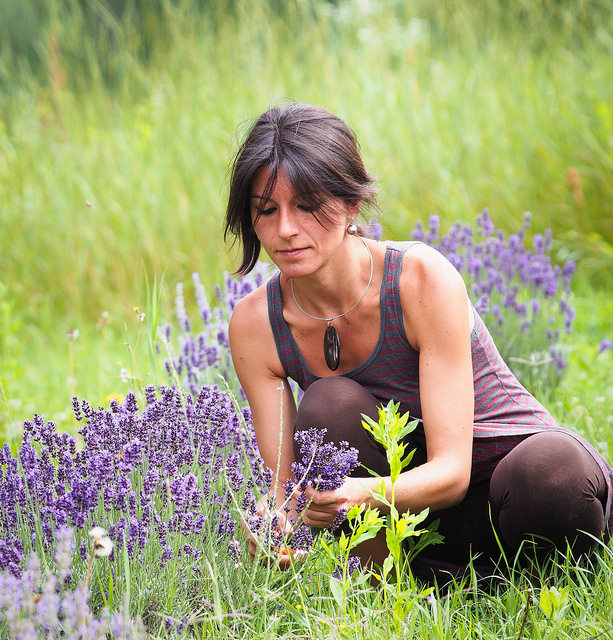 Lavender – Lavanda . Ph. Luca Boldrini on flickr (flic.kr/p/o7Va2c)
Lavender – Lavanda . Ph. Luca Boldrini on flickr (flic.kr/p/o7Va2c)
This should always be followed by a generous application of compound fertilizer and a good watering- to help it recover from the prune. The best time of the day to collect the flower spikes, is at sunrise, as they tend to preserve longer than those collected at other times of the day.
Happy gardening with your lavender ! – Jonathon Radford



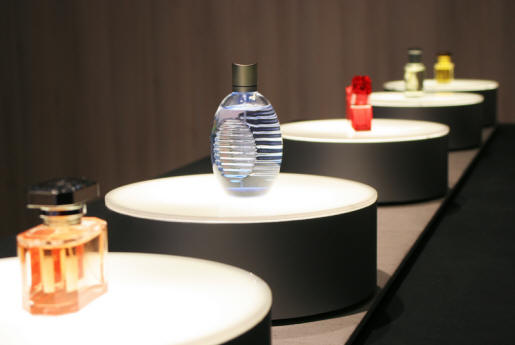


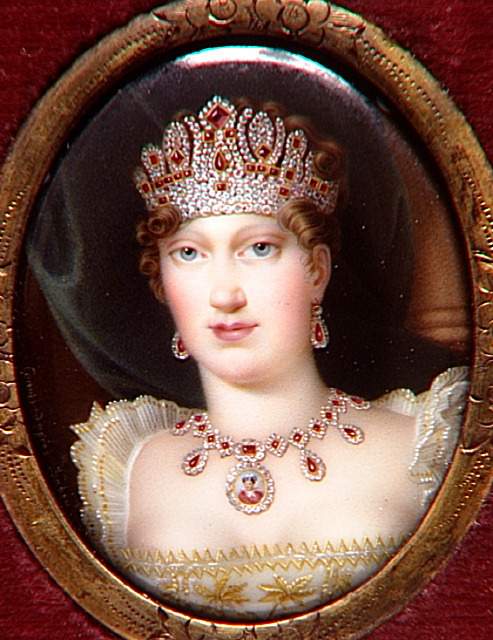







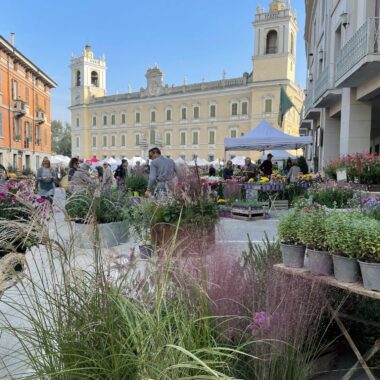


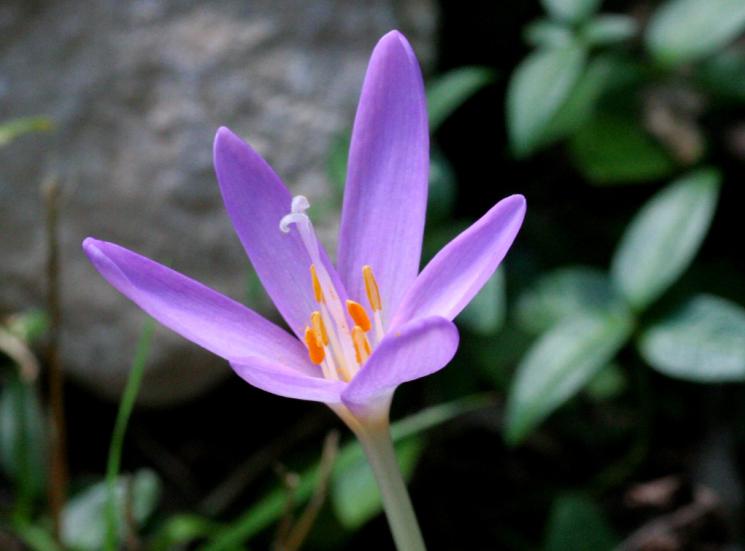

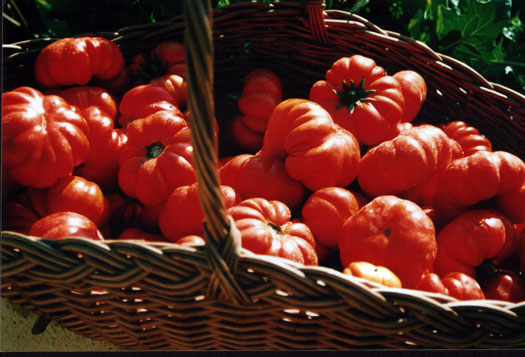
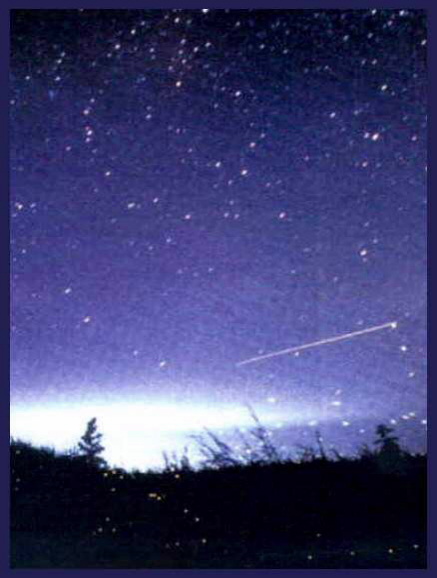
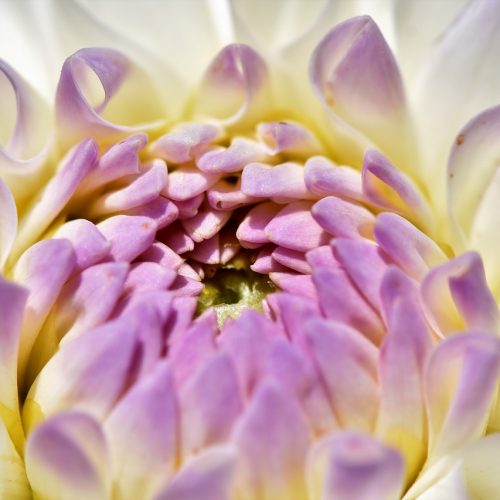
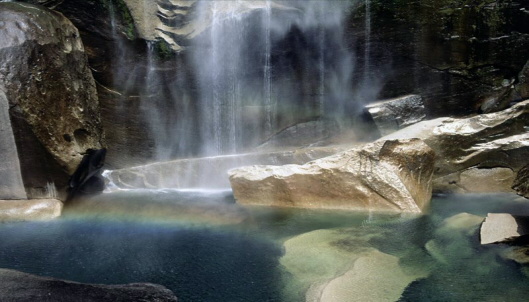
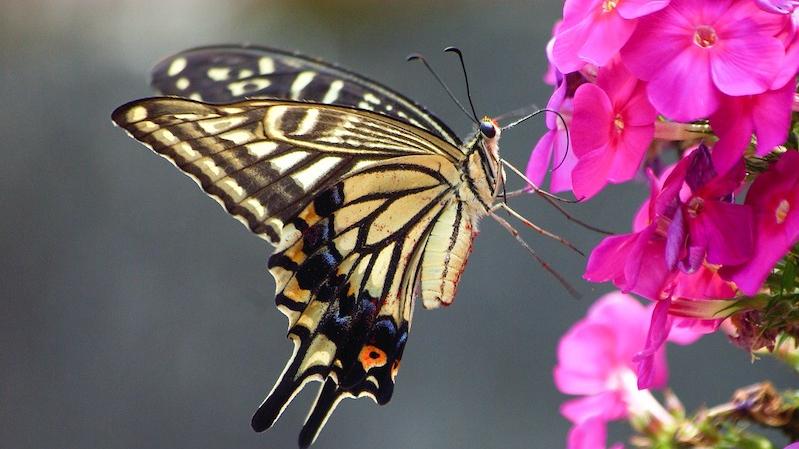
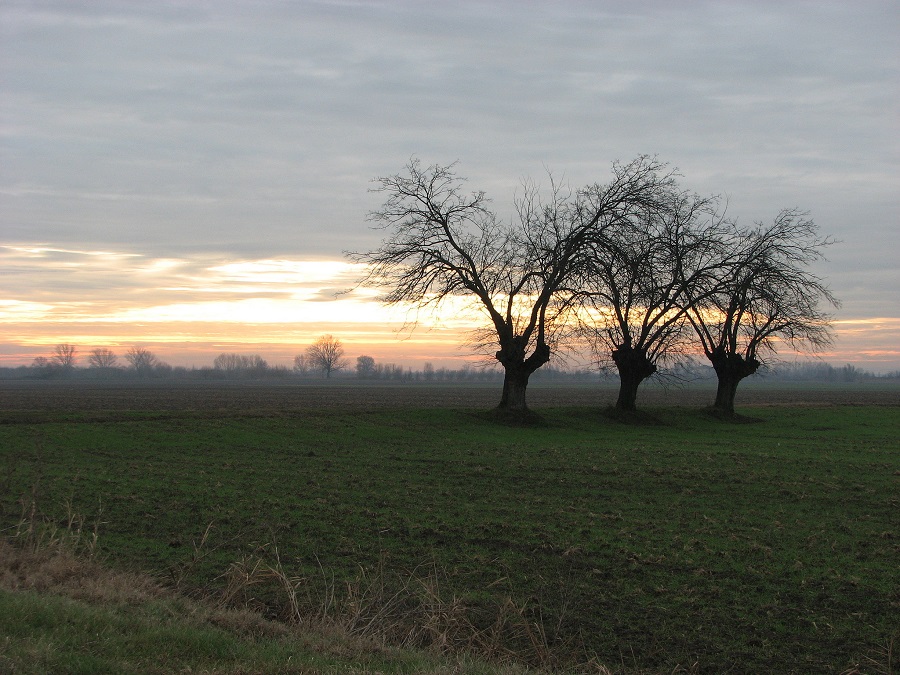

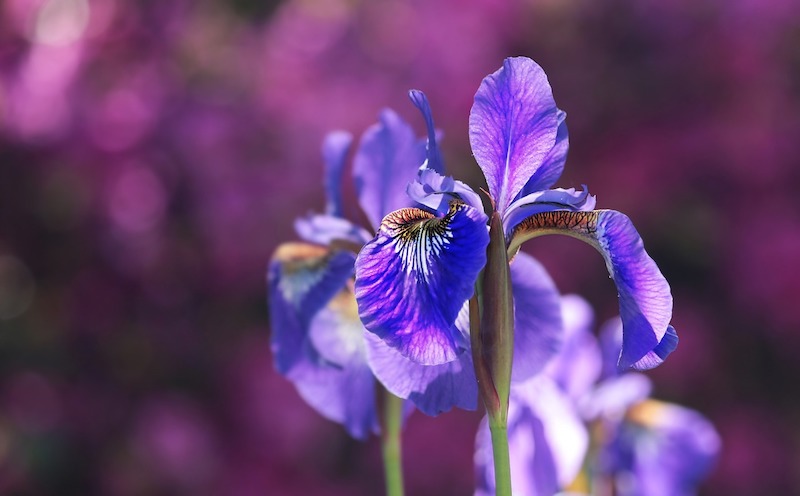
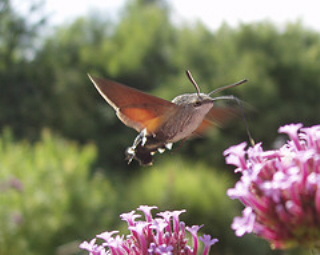

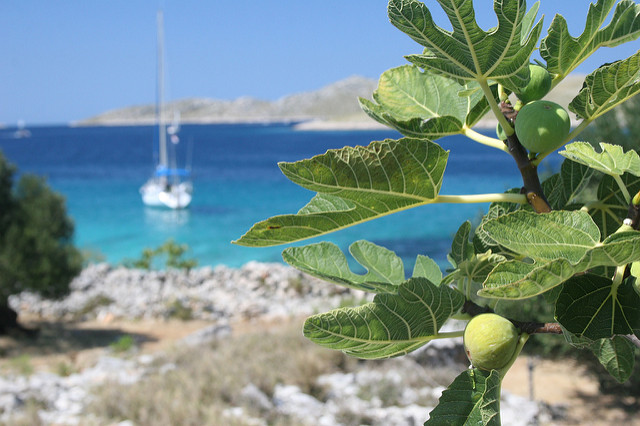
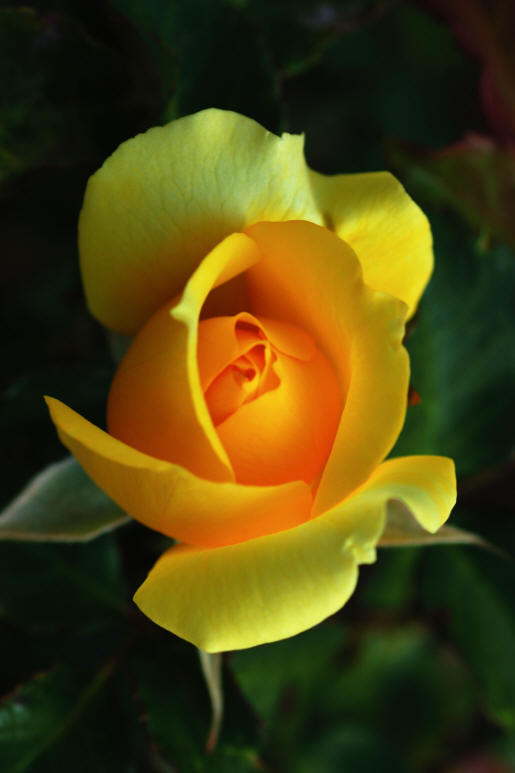
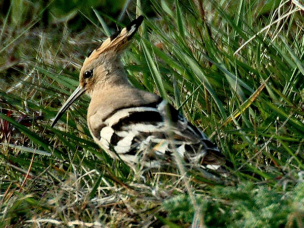
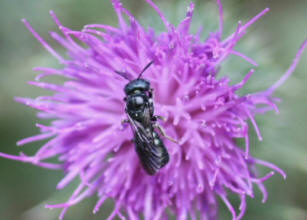




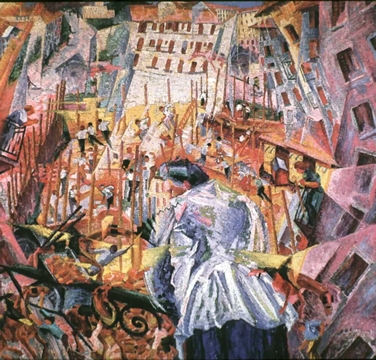
If you are interested, in our organic farm in Romagna-Tuscany we offer the possibility of picking fresh bunches of our 7000 plants of lavandula angustifolia: Agriturismo Il Casale – Castrocaro Terme (FC) http://www.agriturismoilcasalebio.it
Do you offer lavender picking during the month of May ?
Do you know of any place that offers this service?
Thank you
Kim